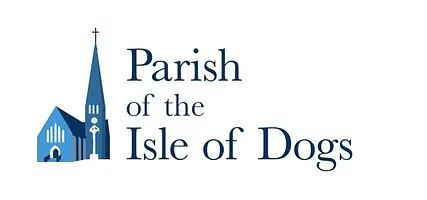07/08/2024 0 Comments
Christ Church and the Feast of Christ the King
Christ Church and the Feast of Christ the King
# News

Christ Church and the Feast of Christ the King
Christ the King at the end of November is a relatively new Christian feast. From 1970 it has been the Sunday that closed the Calendar for the Roman Catholic Church, a last 'Hurrah!' before Advent, and the new Church's Year. Other churches gradually followed suit. For many years Christ the King was the Sunday of our patronal festival, until we moved it back to where it probably began, on the feast of the Ascension, forty days after Easter. A much more comfortable and meaningful time to have a patronal festival.
Why the name Christ Church? Nobody is sure. Our church was constructed in 1854 /55 by Wiiliam Cubitt, largely at his own expense. This was in conjunction his huge housing and industrial developments, on the previously undeveloped marshland of the southeast of the Isle of Dogs. The church land was land leased to him in 1852 from an heiress, the Countess of Glengall.
William Cubitt was one of three multi-talented brothers, who left their mark all over London. They were heavily involved in the spread of the railway (Lewis Cubitt built the terminus at Kings Cross) and they built the branch line from Fenchurch St Station to the Greenwich ferry on the Isle of the Dogs. William Cubitt realised the potential of the area, until then largely undeveloped. He built his builder's yards here, housing for his workforce, and all of the amenities that a new community needed, including a fine white brick church (!). Cubitt Town was a'new town' to rank, eventually, with Letchworth and Welwyn Garden City.
The church wasn’t consecrated until 1857. In 1836 The Bishop of London, Charles Blomfield, had establised the Metropolis Fund to plan and build new churches. Cubitt's church, we can speculate, was a puzzle for the bishop - not where he planned to put a church, and not serving a community he wanted to support, when others needed it more. The Bishop resisted Cubitt's plans for his church. We may lampoon Blomfield, but he really deserves our respect; he saved his diocese from becoming irrelevant, and being swept away. But Christ Church had to wait for him to die, and for his successor to be consecrated before the building could itself be consecrated. Matthew Ling is the expert on this history - he has been studying the Blomfield personal papers at Lambeth Palace where he has been working as an archivist.
The name 'Christ Church' is a bit of a puzzle. Often the name was given to low church parishes who didn't want to be named after a saint, but were happy to be named after Jesus. Christ Church was never that sort of church. Perhaps the popular tale is right, that the row of carved wood 'C's (for Cubitt, of course) on the rood beam above the chancel steps didn't give the church authorities much choice -the name of the church had to fit the décor.
Tamsin Vaughan Williams


Comments